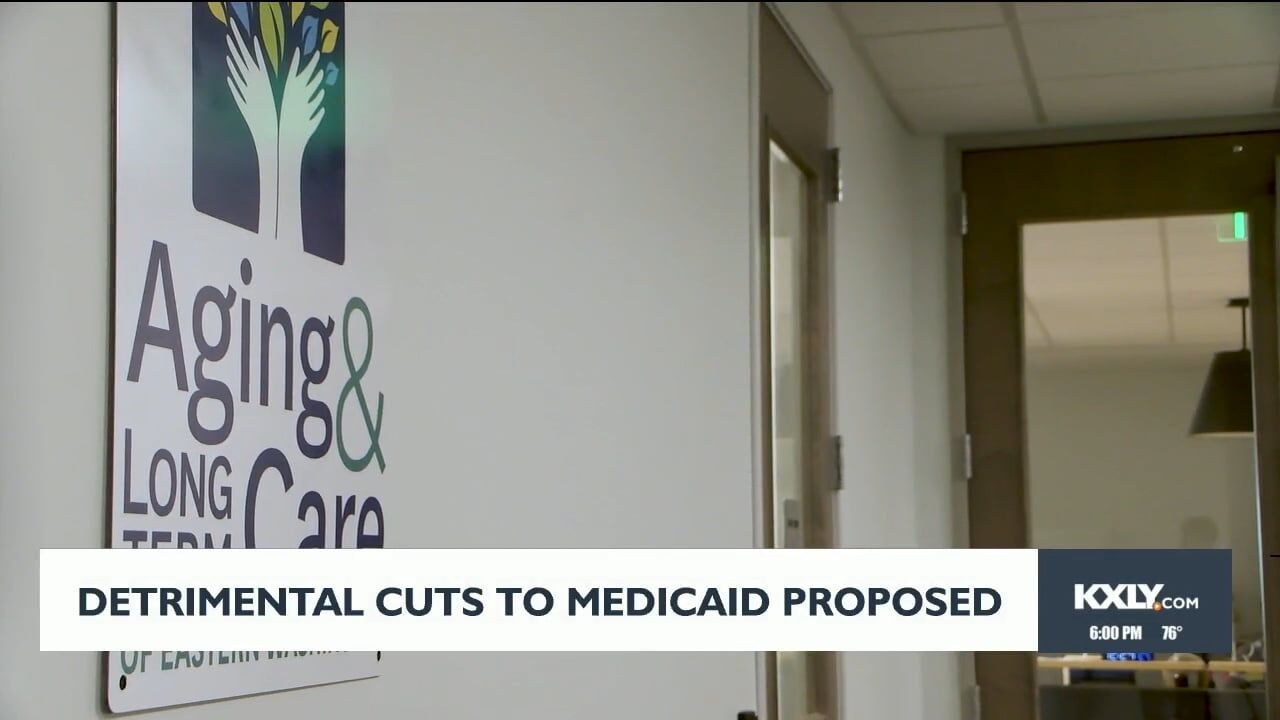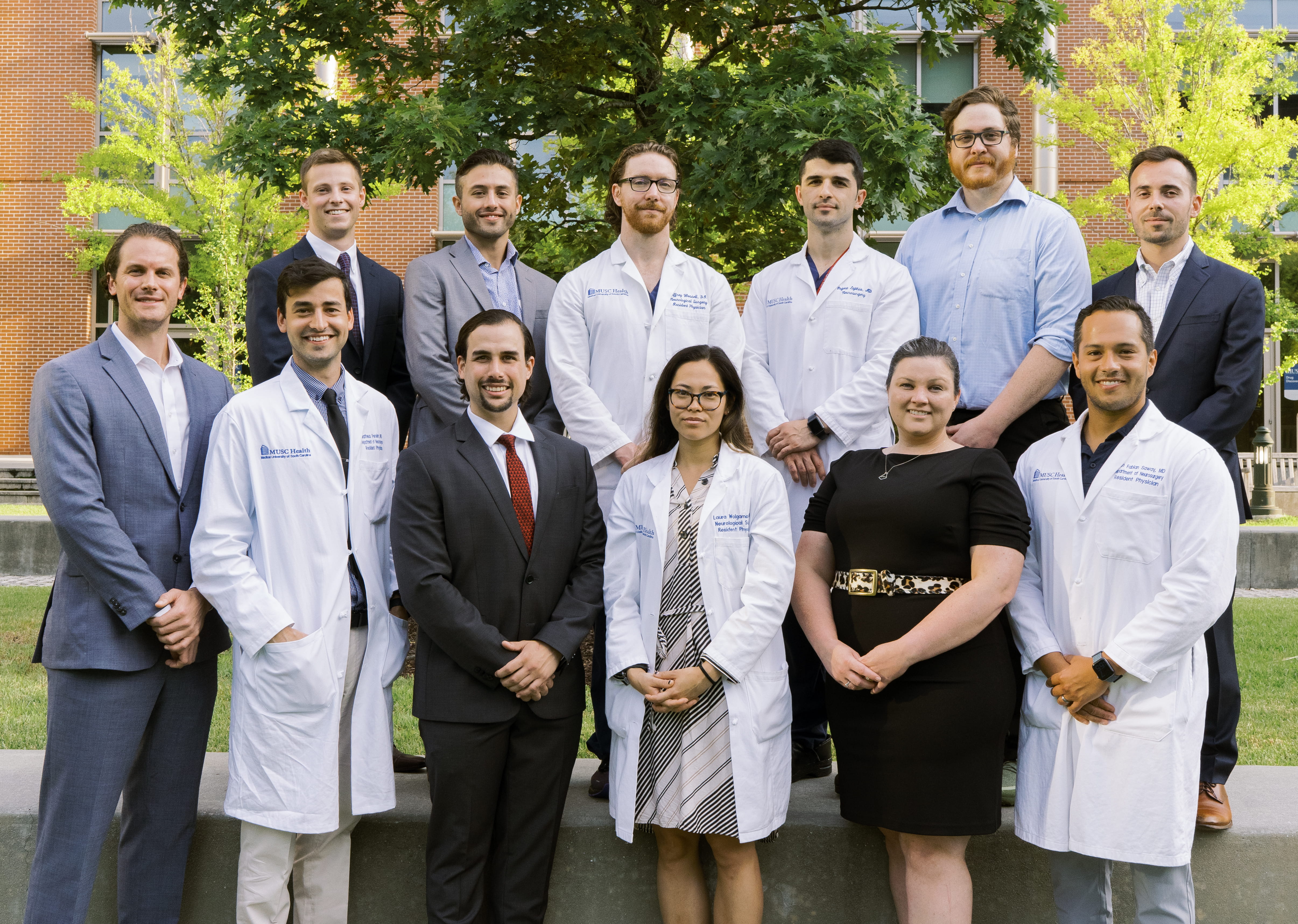Report on the Proposed Spokane Aquifer Protection Fee and Sustainable Development Goals
Executive Summary
- A ballot measure proposes the City of Spokane’s re-entry into the Spokane County’s Aquifer Protection Area after a 20-year absence. The initiative seeks to secure funding for the long-term protection of the Spokane Valley-Rathdrum Prairie Aquifer, the region’s primary drinking water source. This measure directly aligns with several key United Nations Sustainable Development Goals (SDGs), particularly those concerning clean water, public health, and sustainable communities.
Financial Framework
- Proposed Fee: An annual fee of $15 per household, added to property taxes.
- Rural/Septic System Fee: An increased annual fee of $30 for residents in rural areas utilizing septic systems.
- Duration: The fee would be levied for a period of 20 years.
- Historical Context: Officials note the fee has remained unchanged since 1985, highlighting its cost-effectiveness in providing essential services.
Alignment with SDG 6: Clean Water and Sanitation
The primary objective of the ballot measure is to ensure the availability and sustainable management of water, a core tenet of SDG 6. The generated funds are earmarked for critical activities that support this goal:
- Infrastructure Development: Funding will be allocated to essential infrastructure projects for stormwater and sewage systems, preventing untreated runoff and waste from contaminating the aquifer.
- Water Quality Monitoring: The protection area utilizes 51 monitoring sites to conduct rigorous chemical analysis of the aquifer’s water. This continuous monitoring is vital for early detection of contaminants, including emerging threats like PFAS (per- and polyfluoroalkyl substances) and other toxic materials.
- Sustainable Water Management: The initiative provides a mechanism to protect the region’s primary source of clean and safe drinking water for current and future generations, directly contributing to the targets of SDG 6.
Contribution to Additional Sustainable Development Goals
Beyond water security, the initiative supports a broader sustainability agenda:
- SDG 11 (Sustainable Cities and Communities): By safeguarding the foundational water resource for Spokane, Spokane Valley, and Liberty Lake, the measure enhances urban resilience and ensures the long-term sustainability of regional settlements.
- SDG 3 (Good Health and Well-being): Protecting the aquifer from toxic contamination directly safeguards public health, preventing exposure to harmful substances and reducing the risk of waterborne illnesses.
- SDG 13 (Climate Action): The plan acknowledges climate change impacts, such as altered precipitation patterns that could lower aquifer levels. The funding allows for proactive adaptation strategies to ensure continued water access.
- SDG 17 (Partnerships for the Goals): The measure promotes a multi-jurisdictional partnership between the City of Spokane, Spokane County, and other municipalities like Millwood and Liberty Lake. The existing practice of sharing water quality data exemplifies the collaborative spirit necessary to achieve shared sustainability objectives.
Conclusion
The upcoming vote on August 5 presents Spokane residents with an opportunity to invest in critical environmental stewardship and public health infrastructure. Passage of the measure would formalize the city’s commitment to regional water security, aligning local action with the global framework of the Sustainable Development Goals.
SDGs Addressed in the Article
SDG 6: Clean Water and Sanitation
- The article’s central theme is the protection of the Spokane Valley-Rathdrum Prairie Aquifer, which is the “primary source of clean and safe drinking water” for the region. This directly aligns with SDG 6’s goal of ensuring the availability and sustainable management of water and sanitation for all.
- The proposed funding is intended for “infrastructure projects for stormwater and sewage systems,” which is crucial for sanitation and preventing water source contamination.
- The text highlights concerns about “PFAS contamination and other toxic substances,” addressing the need to improve water quality by reducing pollution.
SDG 11: Sustainable Cities and Communities
- The initiative is a city- and county-level effort to manage a critical natural resource, making urban areas more sustainable and resilient.
- By funding “infrastructure projects for water systems, sewers or stormwater,” the plan aims to improve basic services and reduce the environmental impact of the city on its primary water source, which relates to creating sustainable urban infrastructure.
SDG 13: Climate Action
- The article explicitly connects the aquifer’s health to climate change. A city official states, “climate change will… change how precipitation comes to us, which will lower the aquifer levels over the years.”
- The plan includes proactive measures to adapt to these changes, such as considering projects like digging deeper wells, which demonstrates strengthening resilience and adaptive capacity to climate-related hazards.
SDG 17: Partnerships for the Goals
- The Aquifer Protection Area is a collaborative effort involving multiple jurisdictions, including “Spokane, Spokane Valley, Liberty Lake and Millwood.”
- The article notes that the protection area “continues to share water quality data with Spokane even though the city is not currently a member,” highlighting the importance of partnership and data sharing to achieve a common goal.
Specific SDG Targets Identified
-
Target 6.1: Achieve universal and equitable access to safe and affordable drinking water for all.
The article focuses on protecting the “primary source of clean and safe drinking water” for the entire region. The fee for this protection has “not changed since 1985,” which speaks to the long-term affordability of maintaining this essential service.
-
Target 6.3: Improve water quality by reducing pollution, eliminating dumping and minimizing release of hazardous chemicals and materials.
The growing concern over “PFAS contamination and other toxic substances” and the plan to monitor and deal with these threats “now and well into the future” directly addresses this target of reducing water pollution from hazardous chemicals.
-
Target 6.5: Implement integrated water resources management at all levels, including through transboundary cooperation as appropriate.
The Aquifer Protection Area is a regional body where multiple cities (“Spokane, Spokane Valley, Liberty Lake and Millwood”) cooperate to manage a shared water resource. This is a clear example of integrated water resources management at the local level.
-
Target 6.b: Support and strengthen the participation of local communities in improving water and sanitation management.
The decision to join or renew membership in the protection area is being put to a vote: “Spokane voters will decide next month.” This ballot measure is a direct mechanism for local community participation in water management decisions.
-
Target 13.1: Strengthen resilience and adaptive capacity to climate-related hazards and natural disasters.
The article identifies a climate-related hazard (“climate change will… lower the aquifer levels”) and mentions potential adaptive measures (“we might have to dig our wells a little deeper”). This shows a local government planning to strengthen its resilience to the impacts of climate change.
Indicators for Measuring Progress
-
Water Quality Monitoring Data
The article explicitly mentions that the protection area “uses 51 monitoring sites to examine chemicals in the aquifer’s water” and shares this “water quality data.” This data, particularly concerning levels of “PFAS contamination and other toxic substances,” serves as a direct indicator of water quality and progress towards Target 6.3.
-
Implementation of Integrated Water Management
The existence and membership of the “Spokane County’s Aquifer Protection Area” itself is an indicator. The outcome of the vote on whether Spokane and other cities will “join” or “renew” their participation can be used to measure the scope and strength of this integrated management body, relevant to Target 6.5.
-
Investment in Water-Related Infrastructure
The allocation of funds raised by the proposed fee towards “infrastructure projects for stormwater and sewage systems” is a measurable indicator. Tracking the amount of investment and the number of projects completed would show progress in improving sanitation and protecting the water source.
-
Local Climate Adaptation Strategies
The development and implementation of plans to address climate change impacts, such as the mentioned project to “dig our wells a little deeper,” serves as an indicator of progress towards Target 13.1. The formal adoption of such strategies by the city or county would be a key milestone.
Summary Table of SDGs, Targets, and Indicators
| SDGs | Targets | Indicators Identified in the Article |
|---|---|---|
| SDG 6: Clean Water and Sanitation |
6.1: Achieve universal and equitable access to safe and affordable drinking water.
6.3: Improve water quality by reducing pollution. 6.5: Implement integrated water resources management. 6.b: Support and strengthen the participation of local communities. |
Maintaining the aquifer as the “primary source of clean and safe drinking water.”
Water quality data from “51 monitoring sites” to track chemicals like PFAS. The existence and membership of the multi-jurisdictional “Aquifer Protection Area.” The use of a public ballot (“Spokane voters will decide”) for decision-making. |
| SDG 11: Sustainable Cities and Communities | 11.6: Reduce the adverse per capita environmental impact of cities. | Funding and implementation of “infrastructure projects for stormwater and sewage systems.” |
| SDG 13: Climate Action | 13.1: Strengthen resilience and adaptive capacity to climate-related hazards. | Planning for adaptation projects (e.g., “dig our wells a little deeper”) in response to anticipated lower aquifer levels due to climate change. |
| SDG 17: Partnerships for the Goals | 17.17: Encourage and promote effective public partnerships. | The collaborative structure of the Aquifer Protection Area involving multiple cities (“Spokane, Spokane Valley, Liberty Lake and Millwood”). |
Source: kxly.com







